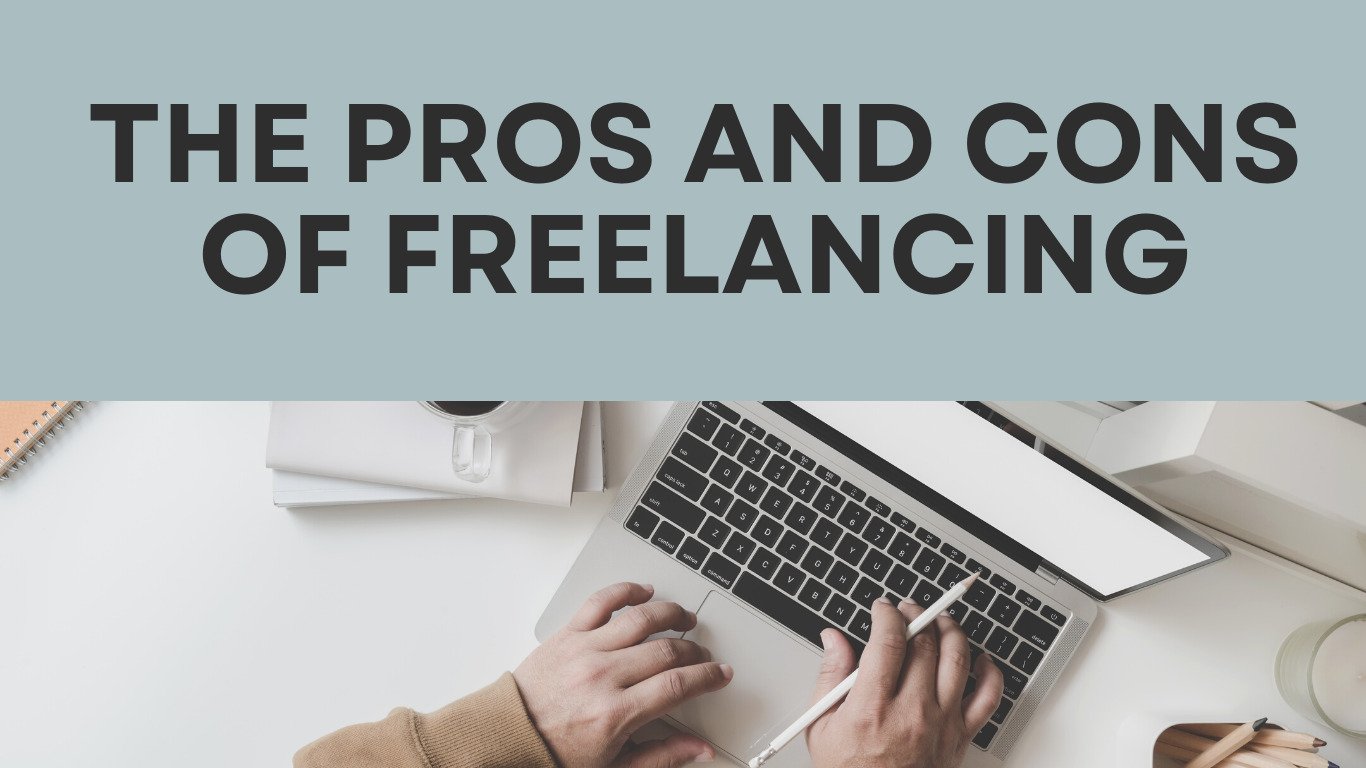One of the biggest challenges for freelancers is setting their rates. Setting your rates too high could result in losing potential clients, while setting them too low could undervalue your skills and time. In this article, we’ll explore some tips for setting your freelance rates, so you can ensure that you’re charging what you’re worth.’
Determine Your Hourly Rate
The first step in setting your freelance rates is to determine your hourly rate. To do this, you’ll need to consider your experience, skills, and the industry your work in. A good place to start is by researching the average hourly rate for freelancers in your industry. You can do this by looking at job boards, freelance websites, and other resources.
Once you have a sense of the average rate, you can consider your experience and skills to determine where you fall on the spectrum. If you’re just starting out, you may need to charge a lower rate to attract clients. However, as you gain more experience and build your portfolio, you can gradually increase your rates.
Consider Your Expenses
In addition to your hourly rate, you’ll also need to consider your expenses when setting your rates. This includes things like software, equipment, and office space. You’ll need to factor these costs into your rates to ensure that you’re covering your expenses and making a profit.
To determine your expenses, make a list of everything you need to run your freelance business. This could include things like website hosting fees, internet costs, and office supplies. Once you have a list of your expenses, you can add them up and divide by the number of hours you plan to work each month to get an idea of your hourly expenses.
Factor in Your Desired Income
In addition to your expenses, you’ll also need to consider your desired income when setting your freelance rates. This includes your salary as well as any benefits you’d like to offer, such as healthcare or retirement contributions.
To determine your desired income, think about how much money you need to live comfortably and achieve your financial goals. This could include paying off debt, saving for a down payment on a home, or saving for retirement. Once you have a sense of your desired income, you can factor it into your rates to ensure that you’re earning enough to support yourself and your goals.
Consider the Project Scope
Another factor to consider when setting your rates is the scope of the project. A larger project may require more time and resources, which means you’ll need to charge more. Conversely, a smaller project may require less time and resources, which means you can charge less.
To determine the scope of the project, ask the client for details about what they need and how long they expect it to take. This will give you a better sense of how much time and resources you’ll need to complete the project and help you set your rates accordingly.
Use a Freelance Rate Calculator
If you’re still not sure how to set your freelance rates, you can use a freelance rate calculator to help you. These calculators take into account factors like your experience, skills, expenses, and desired income to determine a recommended hourly rate.
Some popular freelance rate calculators include:
Freelance Hourly Rate Calculator by Upwork
Freelance Rates Calculator by Clockify
Hourly Rate Calculator by Hubstaff
Be Transparent with Clients
Once you’ve determined your rates, it’s important to be transparent with your clients about what you charge. This means being clear about your rates from the outset and communicating any changes to your rates as they occur.
When discussing rates with clients, be confident in your pricing and the value you provide. Remember, you’re not just charging for your time, but also for your skills, expertise, and experience.
Consider Market Demand
Market demand is another factor to consider when setting your freelance rates. If there is high demand for your services, you may be able to charge more than if there is low demand. Conversely, if there is a lot of competition in your industry, you may need to lower your rates to attract clients.
To determine market demand, research your industry and see what other freelancers are charging for similar services. You can also check job boards and freelance websites to see how many projects are available in your field.
Offer Package Deals
Another way to set your rates is by offering package deals. For example, you could offer a discount for clients who purchase a certain number of hours or services. This can help you attract more clients and increase your revenue.
When offering package deals, be sure to set clear boundaries and expectations. For example, you may want to specify how many hours or services are included in the package and what the client can expect to receive.
Reassess Your Rates Regularly
Finally, it’s important to reassess your rates regularly to ensure that you’re still charging what you’re worth. This means reviewing your rates periodically and making adjustments as needed.
To reassess your rates, consider factors like changes in your expenses, increases in your experience and skills, and changes in market demand. You may also want to review your rates annually to ensure that you’re keeping up with inflation and other economic factors.
Setting your freelance rates can be a challenge, but by considering factors like your experience, skills, expenses, desired income, project scope, market demand, and package deals, you can ensure that you’re charging what you’re worth. Remember to be transparent with your clients about your rates, and to reassess your rates regularly to ensure that you’re still on track to achieving your financial goals. With these tips in mind, you can set rates that are fair, competitive, and sustainable.





2 thoughts on “How to Set Your Freelance Rates”